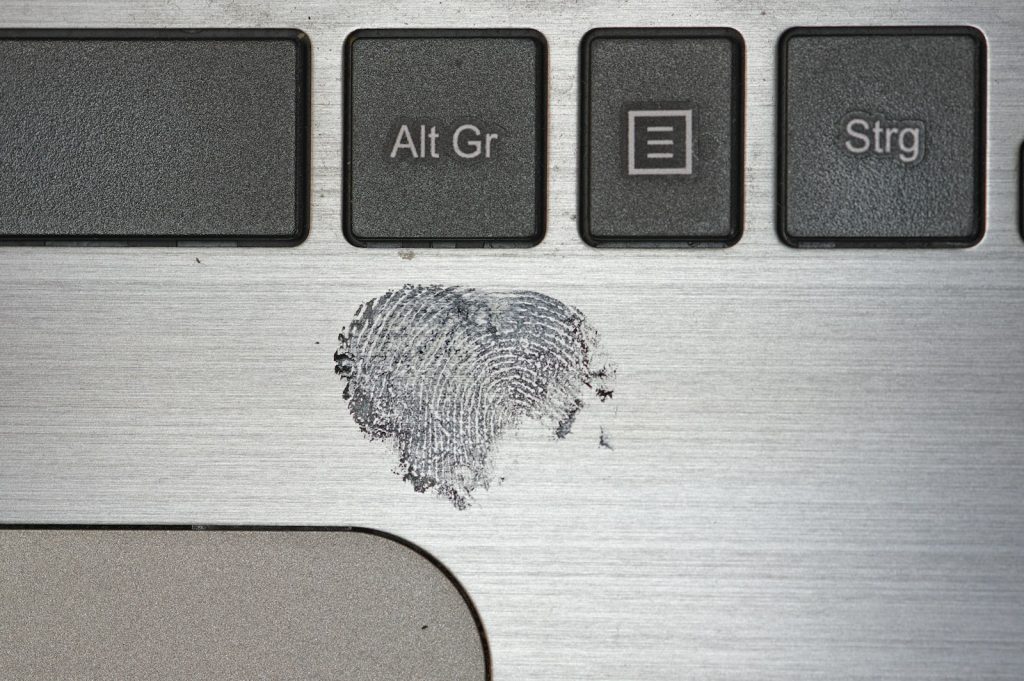ISO Standard for SWHIDs: Robust software identification

Imagine trying to track the evolution of a complex machine where every part could be subtly altered without a trace. This is the challenge we face in the digital realm, especially with software, the invisible engine powering our modern world. Ensuring the integrity and long-term traceability of these digital artifacts is paramount, and that’s where the significance of international standards like ISO comes into play, particularly for innovations like the SoftWare Hash IDentifier (SWHID).
Achieving an ISO standard for the SWHID (ISO/IEC 18670 or free public specification ) marks a major milestone in establishing a globally recognized framework for uniquely and permanently identifying software. This isn’t just about assigning names. It’s about creating a robust system, based on cryptographic principles, to ensure that a specific piece of software – be it a single file, a directory structure, a particular release, or even the complete state of a version control repository – can be definitively identified and its integrity verified, regardless of where it’s stored or who is accessing it.
Why is ISO important for software?
Getting an ISO standard for the SWHID matters because it brings several crucial benefits to the world of software:
- Global recognition and trust: An ISO standard means the SWHID specification is recognized and respected internationally. This fosters trust among developers, researchers, legal teams, and anyone who relies on software. It signals that SWHID is not just a niche idea but a robust and well-vetted approach.
- Interoperability and compatibility: ISO standards promote consistency. With a standardized way to identify software artifacts, different tools, platforms, and organizations can work together. Imagine different libraries using the same cataloging system – it makes finding and using information much easier. The ISO standard for SWHID helps different systems understand and utilize these unique identifiers.
- Long-term preservation and reliability: Software is constantly evolving, but its history is important. Cryptographic hashes enable SWHIDs to permanently and reliably identify specific software versions. An ISO standard reinforces the long-term viability and trustworthiness of this identification method, making it crucial for archival and referencing over time.
- Increased adoption and support: An ISO stamp of approval can encourage wider adoption of SWHID by tools, platforms, and research initiatives. It provides a solid foundation for building infrastructure and services around these identifiers.

Okay, so ISO is good. But what exactly is this SWHID thing?
Think of a SWHID as a digital fingerprint for a piece of software (or even parts of it, like a specific file or directory). It’s a unique and unchangeable identifier that’s calculated directly from the software’s content.
Here’s a breakdown:
- It’s like a super-secure barcode for software: Just like a barcode uniquely identifies a product, a SWHID uniquely identifies a specific version of a software artifact.
- It understands how software is built: SWHID isn’t just for individual files. It understands the structure of modern software development, including folders, different versions (like revisions and releases), and even the entire history tracked by systems like Git.
- It’s based on strong cryptography: This means that if even a tiny little bit of the software changes, the SWHID will be completely different. This makes it reliable for verifying if a piece of software is exactly what it claims to be.
- It is forward-looking: the SWHID standard incorporates a version number and can be easily updated with stronger cryptographic algorithms in the future if needed.
- Anyone can calculate and verify it: You don’t need to ask a central authority to get or check a SWHID. If you have the software, you can calculate its SWHID yourself and be confident that the corresponding source code hasn’t been tampered with. This decentralized nature is a powerful feature for trust and transparency.
Why should you care about the SWHID?
Even if you’re not a software developer, SWHID has implications for you:
- Trusting the software you use: Imagine being able to trust with a high degree of confidence that the software you’re downloading is the version the developers intended, without any hidden changes. SWHID makes this possible.
- Reliable research and citation: For researchers who rely on software, SWHID provides a stable and verifiable way to cite specific versions of code, ensuring reproducibility of results.
- Long-term access to digital heritage: Software is becoming crucial to our cultural and scientific heritage. SWHID helps ensure these digital artifacts can be reliably identified and preserved for future generations.
What’s next
Getting ISO recognition for the Software Hash ID (SWHID) is a significant step forward for the software world. It brings the weight of international standards to a powerful technology that provides a reliable and transparent way to identify software. Just like standardized ISBNs for books or DOIs for research papers, SWHIDs, backed by ISO, can help bring order, trust, and long-term reliability to the vast and ever-evolving software landscape. And that’s something we can all benefit from.
